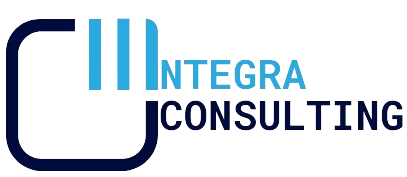Design Thinking Workshop: Fostering Innovation Through Human-Centered Problem Solving
In the fast-paced world of modern business, innovation is essential for staying competitive. Design Thinking, a human-centered approach, has gained popularity as a powerful framework for fostering creativity and problem-solving by focusing on real user needs. Many organizations are embracing Design Thinking workshops to teach participants how to think creatively, collaboratively, and empathetically, enabling them to design solutions that genuinely address user requirements.
1. What is Design Thinking?
Design Thinking is a methodology focused on understanding users, questioning assumptions, and redefining problems to develop alternative solutions. It is highly iterative, encouraging continuous testing and refinement of ideas. The five stages of Design Thinking are:
- Empathize: Understand user needs through research and observation.
- Define: Synthesize insights to create a clear problem statement.
- Ideate: Brainstorm a wide range of potential solutions.
- Prototype: Create simple models to explore ideas.
- Test: Refine solutions based on user feedback.
By emphasizing empathy, creativity, and experimentation, Design Thinking helps organizations design products and services that resonate with people.
2. Why Attend a Design Thinking Workshop?
A Design Thinking workshop provides a structured environment for learning the Design Thinking process through hands-on experience. Benefits include:
- Practical Learning: Participants engage in activities that offer a real-world understanding of the process.
- Enhanced Collaboration: Workshops foster teamwork across various departments, leading to diverse perspectives and more creative solutions.
- User-Centered Focus: Through empathy exercises, participants gain insights into end-user needs.
- Creative Thinking: Structured activities like brainstorming unleash creativity.
- Problem-Solving Framework: Participants gain a repeatable toolkit for tackling complex issues.
3. What Happens in a Design Thinking Workshop?
A typical Design Thinking workshop, which may last from hours to days, follows a structured flow:
- Introduction and Context Setting: The facilitator introduces Design Thinking principles, goals, and the workshop agenda.
- Empathy Building: Participants conduct user research, using interviews or journey mapping to understand user challenges.
- Problem Definition: Based on research insights, participants define the problem through pattern recognition and synthesis.
- Ideation Session: Participants brainstorm solutions using techniques like mind mapping and sketching.
- Prototyping: Teams build simple prototypes (e.g., sketches or wireframes) to visualize ideas.
- Testing and Feedback: Prototypes are shared with users for feedback, leading to design refinement.
- Reflection and Next Steps: Teams review what they’ve learned and outline actionable next steps for implementation.
4. Benefits of a Design Thinking Workshop
Design Thinking workshops provide lasting value, including:
- Improved Problem-Solving Skills: Participants learn to approach problems empathetically and creatively.
- Enhanced Team Collaboration: Cross-departmental teamwork improves communication and unity.
- Accelerated Innovation: The iterative process enables quicker testing and refinement, leading to faster innovation.
- Better Customer Experience: By focusing on user needs, teams can design solutions that improve customer satisfaction and loyalty.
- Increased Adaptability: Design Thinking equips teams with tools to adapt to changing demands and stay competitive.
5. Conclusion
A Design Thinking workshop is a powerful way for organizations to inspire creativity and foster collaboration. By adopting a human-centered approach, teams can develop solutions that truly meet user needs. Whether enhancing an existing product or developing a new service, Design Thinking offers a flexible framework for driving meaningful and innovative results.
